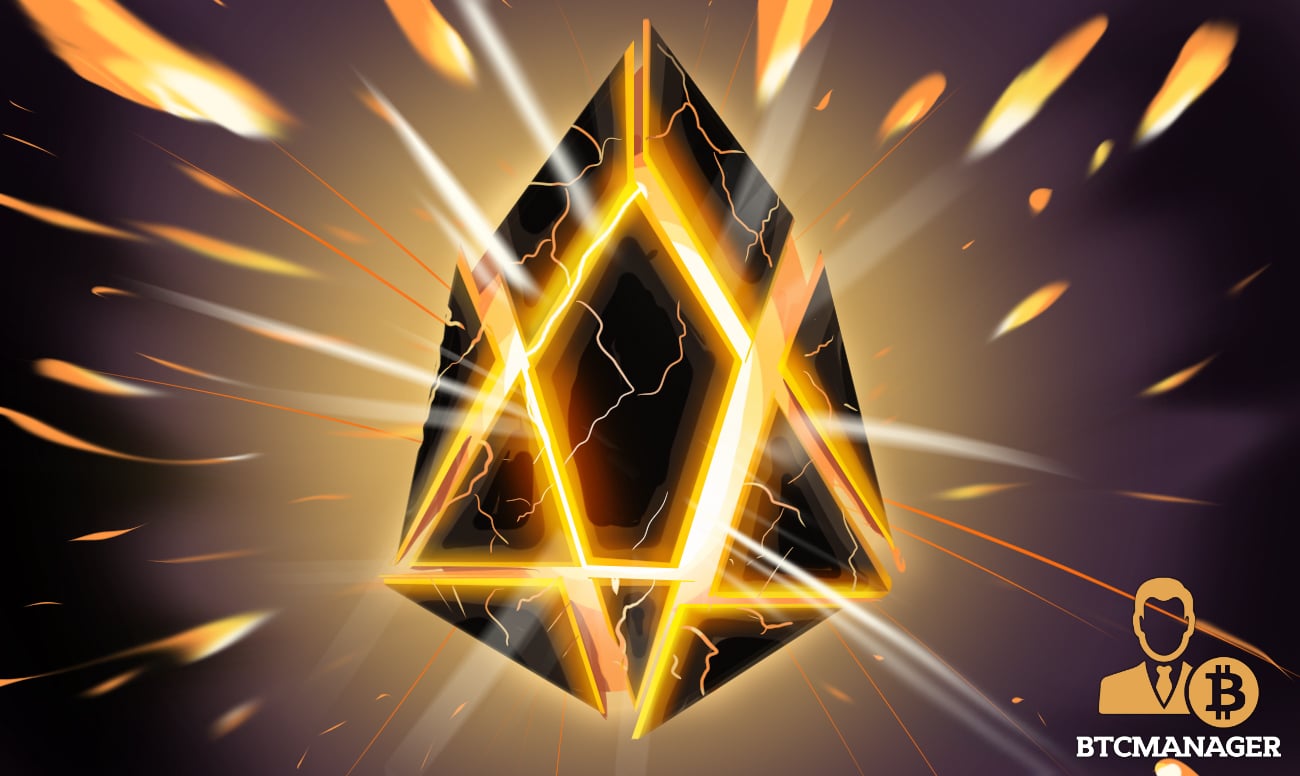EOS: Ethereum Killer or Hype Beast?

EOS first mustered attention in the crypto space when they claimed they could process nearly 4,000 transactions per second, which would eventually scale up millions. Moreover, it was the third network set up by Dan Larimer, who has developed a reputation for launching initial coin offerings (ICOs) and moving on to another project with his newfound wealth. Using Flipside’s analysis on The Street, September 17, 2019, BTCManager digs deeper into EOS’ fundamental value.
Usage and Competition
EOS had a year-long ICO where they managed to raise a whopping $4 billion. No single coin offering comes close to this, especially because a large portion of this was raised from retail investors.
To add to this, a second layer product targeting EOS scalability, LiquidApps, also had a one-year ICO from which they only raised $2.8 million.
But leaving financials aside, EOS has been able to garner a fairly decent-sized user base. However, developer activity on the network has gone down over the past year, potentially signaling that the ecosystem could be slowing down in terms of new dApps and innovations.
Ethereum has built itself a strong moat, using developer loyalty as a strong competitive advantage for advancing the platform. No other smart contract platform currently rivals Ethereum in terms of development, diversity, and financial activity.
EOS has long been touted as the Ethereum killer, but they now have to deal with a new competitor in Hedera Hashgraph.
There have been several positive developments for EOS in the last month, with BitGo’s announcement to support EOS implying that institutions are interested in the token and network.
Mining, Hacks, and Conclusion
EOS has received heavy criticism for using a cartel-like structure to mine their blocks. 21 block propagators are chosen through on-chain voting, and these 21 entities are the only ones allowed to mine blocks.
Whilst on-chain voting makes it seem democratic, it can be easily rigged in favor of a few miners. Not having an open mining mechanism like Bitcoin and Ethereum severely hurts decentralization on EOS.
What attacker did:
1. Rented a huge amount of CPU and NET at #EOSREX resource exchange.
2. Staked CPU&NET for (1) himself and (2) attacked contract.
3. Congested the network.
4. Initiated some transactions to the attacked contract. Won a lot of $EOS in gambling DApps.
— Dexaran (@Dexaran) September 14, 2019
In addition to these concerns, there have been several hacks on the network, including one just this week where someone rented computing power on EOS Resource Exchange (REX) and games the EOSPlay dApp to walk away with 30,000 EOS with an initial corpus of just 300 EOS.
Hacks are quite common and each hack makes the network more resilient, so this doesn’t exactly pose a critical threat.
Yesterday someone rented 300 EOS worth of REX and brought the mainnet to its knees, walking away with 30,000 EOS in the process. Here are a few past hacks and exploits EOS has endured, if you can think of any others add them to the list! https://t.co/Hfb3RzR9B6
— Everipedia (@Everipedia) September 14, 2019
However, taking the centralization of the network through semi-cartelized mining, the founder’s history with blockchain projects, and their inability to live up to throughput claims, EOS does seem more like hype than a substantive competitor to Ethereum.
EOS can be given the benefit of the doubt considering it’s just about a year old. But, if the mining mechanism doesn’t change it is quite likely that EOS will never be a truly decentralized network.













